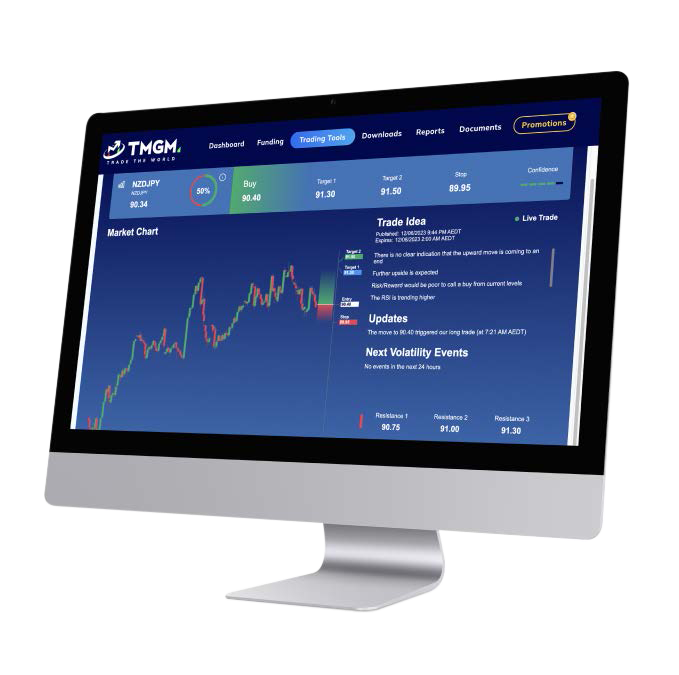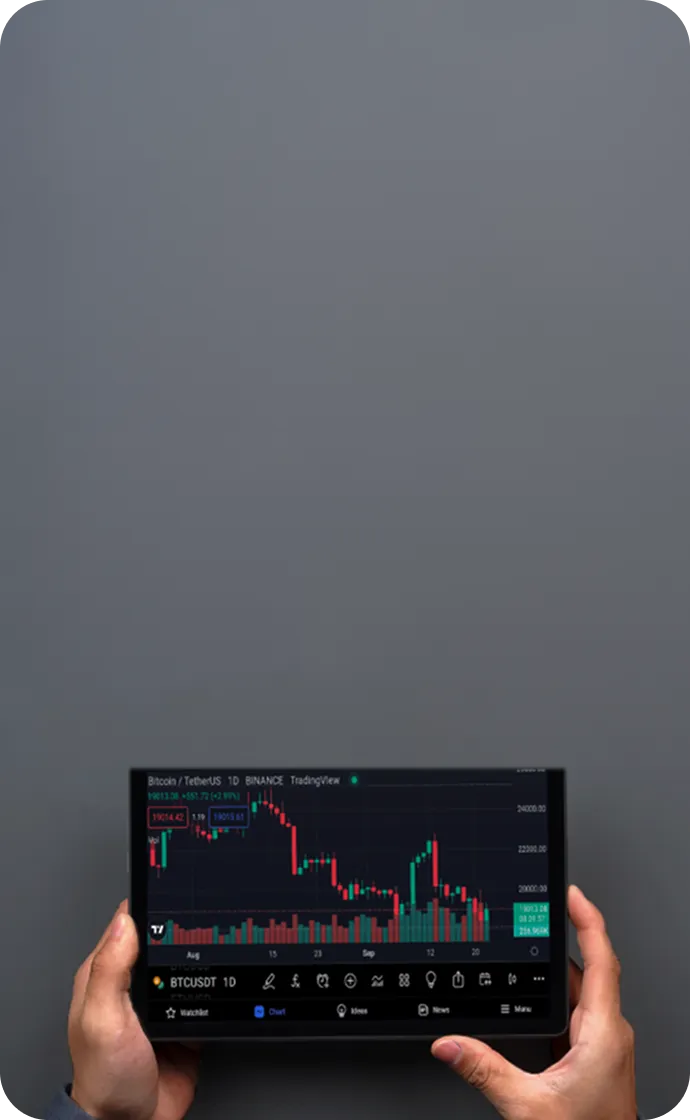

CFD Trading Examples
Contract for Difference (CFD) trading can be challenging for traders, particularly for those new to the market. Therefore, we have prepared a collection of CFD trading examples to assist traders in navigating the process of opening and closing positions, as well as calculating trade profits and losses.
Buying
For example, JP Morgan Chase & Co (JPM) is quoted at a bid/ask price of 1,599/1,600p, and a trader intends to buy 1,000 share CFDs (units) anticipating a price increase. JPM has a tier 1 margin requirement of 5%, meaning traders need to deposit only 5% of the position’’s notional value as margin.
In this case, the trader’’s CFD position margin will be ££800 [calculated as 5% x (1,000 units x 1,600p buy price)]. However, if the market moves against the trader, it’’s possible to incur losses exceeding the initial margin deposit (££800).
In this scenario, there are two potential outcomes:
a) Realizing a Profit on the Trade
If the price moves in the trader’’s favor and rises within the next hour to a bid/ask of 1,624/1,626, and the trader closes their position by selling at 1,625, they will realize a gross profit of ££250.
The profit is calculated by multiplying the difference between the exit price and entry price by the position size.
In this example, it’s (1,625 - 1,600) x 1,000 units = ££250.
The net profit on JPM is calculated by subtracting total commissions from the gross profit. The commissions are calculated as follows:
1,000 units x 1,600 pence (entry price) x 1.10% = ££16.00
1,000 units x 1,625 pence (exit price) x 1.10% = ££16.25
Total commissions = ££32.25
Net profit: ££250 - ££32.25 = £217.75
b) Realizing a Loss
If the trader’s forecast is incorrect and the price declines to a bid/ask of 1,549/1,550, they may close the position by selling at 1,549 to limit further losses.
The gross loss is calculated similarly to profit:
(1,600 - 1,549) x 1,000 units = ££510
The total loss includes commissions plus the gross loss:
Total commissions: [1,000 units x 1,600 pence x 0.10%] + [1,000 units x 1,549 pence x 0.10%] = ££31.49
Total loss: ££510 + ££31.49 = £541.49
Selling
In a short-selling scenario, JPM is quoted at a bid/ask price of 1,599/1,600p. A trader opts to sell 1,000 share CFDs (units) expecting the price to decline. As with the buying example, JPM has a tier 1 margin rate of 5%, so traders must deposit 5% of the position’’s value as margin.
The position margin is calculated as:
(5% x (1,000 units x 1,599p sell price)) = ££799.50
Again, losses can exceed the initial margin deposit.
There are two possible outcomes when selling your position:
a) Realizing a Profit
If the trader’s prediction is correct and the bid/ask price falls to 1,549/1,550, and they close the position by buying back at 1,550 pence, they will realize a profit of ££490.
Profit: (1,599 - 1,550) x 1,000 units = ££490
The net profit is calculated by subtracting total commissions from the gross profit:
1,000 units x 1,599 pence x 0.10% = ££15.99
1,000 units x 1,550 pence x 0.10% = ££15.50
Total commissions: ££15.99 + ££15.50 = ££31.49
Net Profit: ££490 - ££31.49 = ££458.51
b) Realizing a Loss
If the trader’s prediction is incorrect and the price rises to 1,649/1,650, they may choose to limit losses by buying back at 1,650 to close their position.
The loss is calculated by multiplying the position size by the difference in buy price:
(1,650 - 1,599) x 1,000 units = ££510
To calculate total loss, add gross loss and commissions:
[1,000 units x 1,650 pence x 0.10%] + [1,000 units x 1,599 pence x 0.10%] + ££510 = ££542.49
Calculating Profits and Losses
With these trading scenarios and formulas clearly outlined, CFD trading is more straightforward than it might initially appear. A trader’s profit or loss is determined by the difference between the entry price and the exit price of a trade.
Learn more about CFD trading for beginners here.
Trade CFDs with TMGM

At TMGM, we offer a broad selection of CFD instruments and a wide range of markets including forex, equities, and cryptocurrencies. We prioritize customer experience and transparency. As a leading provider, we supply numerous tools and resources tailored for both novice and experienced traders.
1. CFD Trading Account
Opening a CFD trading account with us is straightforward and efficient. For those new to CFD trading, we also provide free demo accounts to help users familiarize themselves with our platform and markets risk-free.
2. Extensive Currency Selection
We offer over 50 currency pairs , including majors, minors, and exotic currencies, catering to diverse trading preferences.
3. Variety of Trading Accounts
TMGM provides multiple trading account types designed to suit traders of all experience levels. If uncertain about which account to open, TMGM offers personalized recommendations based on three simple questions.
4. Competitive Pricing
With hundreds of tradable instruments, rapid withdrawals, and 24/7 customer support, TMGM strives to deliver a transparent trading environment combined with competitive pricing for clients.
Trade Smarter Today






Account
Account
Instantly



